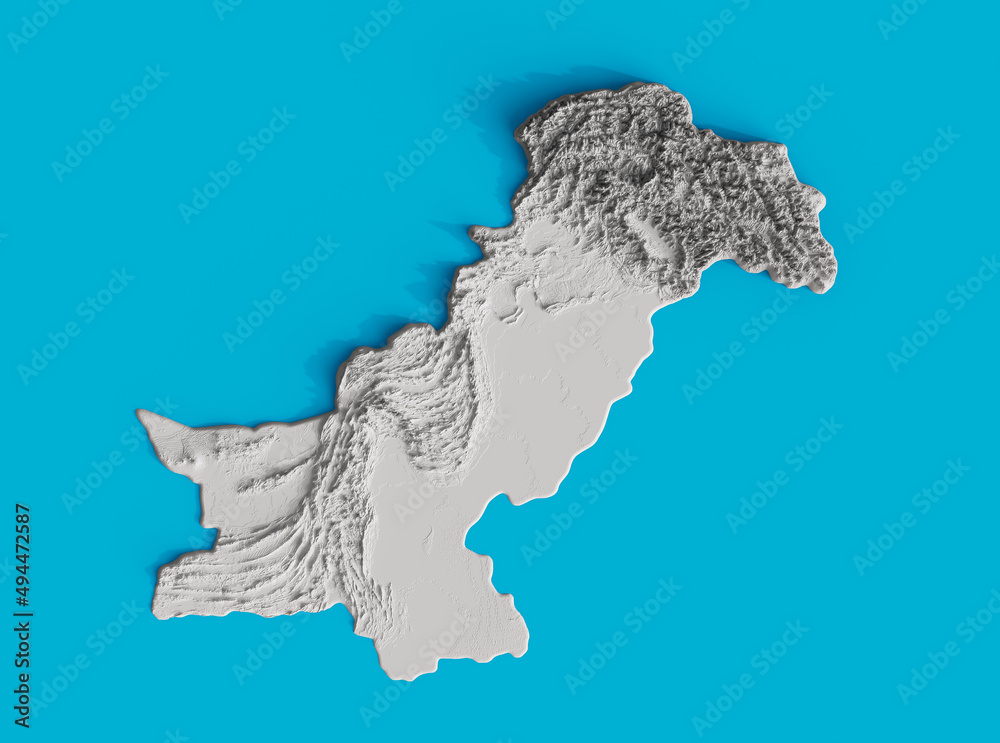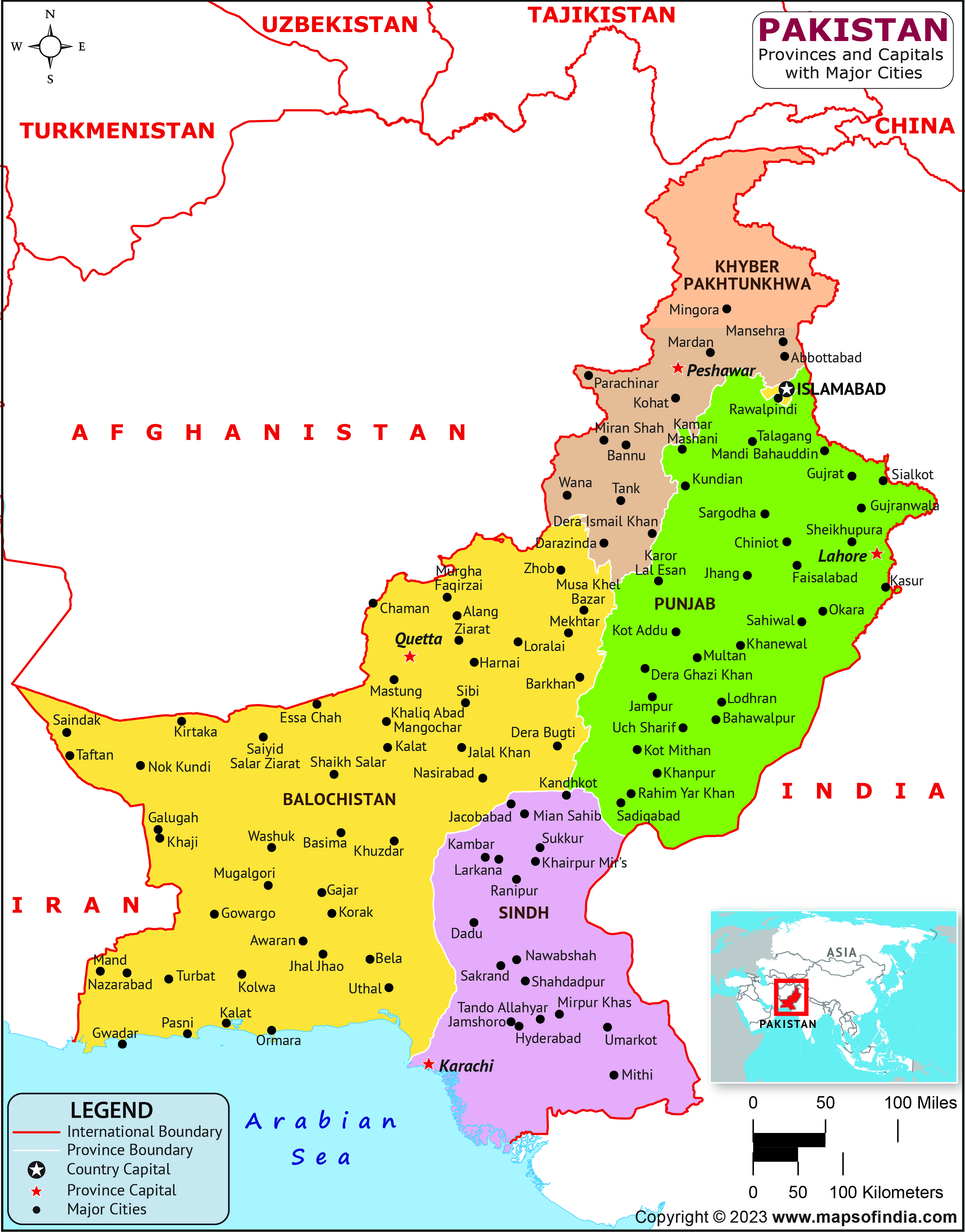The India-Pakistan Clash and the Credit Tug-of-War: What Really Mattered Was Peace
In a world often driven by optics, credit, and headlines, the recent India-Pakistan military flare-up offers a refreshing lesson in restraint, realism, and diplomacy—however messy or misattributed. While talking heads scramble to assign accolades for de-escalation, the facts on the ground tell a different story. The real victory here is that two nuclear powers walked back from the brink—and that should command more attention than who gets to plant their flag on the peace podium.
The Timeline Nobody Disputes
Let’s lay out the uncontested sequence of events:
-
The Pahalgam Attack and Muneer’s Kashmir Comments
Only weeks before the Pahalgam terror attack, Muneer—a top Pakistani official—delivered a fiery speech in Queens, New York, signaling renewed Pakistani focus on Kashmir. This wasn’t a rogue actor speaking off-script; it was a calibrated message to the diaspora and a signal to India. -
Terror Group Tied to ISI
The organization that claimed responsibility for the Pahalgam attack is a familiar name in South Asia: a known offshoot of groups historically backed by Pakistan’s Inter-Services Intelligence (ISI) and its military. There's deception, sure—but not deniability. This wasn’t some fringe actor. It was part of a long pattern of plausible deniability turned implausible. -
India’s Limited First Strike
India’s military response was swift but precise. The airstrikes on terror camps were declared as limited, surgical, and designed to be final. India was not spoiling for a prolonged conflict—it wanted to demonstrate deterrence and move on. -
Pakistan’s Military Response
But Islamabad responded with a counterstrike. The conflict escalated. Yet Western satellite imagery showing damage to Pakistani airbases—later confirmed by publications like The New York Times—quietly reinforced that India’s message had been received loud and clear. -
The US Stays Neutral—but Watchfully So
Vice President JD Vance stated the administration’s position unambiguously: “This is none of our business.” It was a signal that the US would not get militarily involved, yet not without sympathies. India has a right to defend itself, he said, and the US would not obstruct that. -
Pakistan Turns to Washington—India Deflects
As the heat rose, Islamabad reached out to Washington. The US reached out to India. New Delhi’s response was mature and telling: "Let Pakistan’s Director General of Military Operations speak directly to ours." This was India signaling bilateralism—no need for external brokers. No mediation. Just responsibility. -
India Accepts the Ceasefire—Because It Wanted One All Along
When a ceasefire was proposed, India agreed. But this wasn’t a climb-down. India’s objective had been to hit terror camps and halt further violence. Once that was achieved, de-escalation was the preferred outcome. -
Nuclear Common Sense
Both India and Pakistan are nuclear powers. Escalation isn’t just risky—it’s catastrophic. India’s measured response and swift agreement to a ceasefire reaffirmed the value of strategic clarity and proportionality.
Trump’s Role: Bombast Meets Quiet Utility
President Donald Trump, now once again center stage in global affairs, signed a “big, beautiful” peace resolution in the aftermath. Whether or not he was pivotal behind closed doors is a question for the historians. But in the present, his flamboyant style may have added theatrical cover for all parties to save face. If he played a role—good. If he played a major role—better still.
Because if Trump can also play a role in Gaza and Ukraine, then his bluster might just be the packaging for real-world results. And in geopolitics, where perception often becomes policy, that matters.
America’s Place in the World: Still Exceptional
Regardless of administration, the U.S. president holds unique power in global diplomacy—not merely through military might, but through narrative, mediation, and perception. While the U.S. may not have directly brokered the de-escalation between India and Pakistan, its stance helped shape the space in which restraint prevailed. That’s influence. That’s leverage.
Credit? Who Cares. Peace Matters.
Yes, there’s a race to claim credit. Pakistan wants to show it deterred Indian aggression. India wants to show it punished terror. The U.S. wants to show it kept the peace. Trump wants to say he saved the world—again.
But what matters is this:
-
There was a deadly terror attack.
-
There was a limited military retaliation.
-
There was the threat of escalation.
-
There was adult diplomacy.
-
And now, there is peace.
Let everyone take as much credit as they want. Let history write footnotes for every tweet and photo-op. The true credit belongs to sanity prevailing. And in a region that has suffered far too long from bloodshed, that’s no small miracle.
Bottom Line:
This wasn’t a moment of heroic singularity. It was a mosaic of intelligence, restraint, diplomatic maneuvering, and maybe even a touch of opportunistic grandstanding. But it worked. And that’s worth far more than headlines.
भारत-पाकिस्तान संघर्ष और श्रेय की खींचतान: असली जीत है शांति
दुनिया में अक्सर दिखावे, श्रेय और सुर्खियों का बोलबाला रहता है, लेकिन हालिया भारत-पाकिस्तान सैन्य तनाव ने संयम, यथार्थवाद और कूटनीति का एक दुर्लभ पाठ पढ़ाया — भले ही वह गड़बड़ या गलत श्रेय के साथ क्यों न हो। जब मीडिया और राजनीतिक हलकों में श्रेय बटोरने की होड़ मची हुई है, ज़मीनी सच्चाई कुछ और ही कहती है। असली जीत ये है कि दो परमाणु ताकतें युद्ध के कगार से लौट आईं — और यही बात सबसे अधिक ध्यान देने योग्य है।
वे घटनाएं जिन पर कोई विवाद नहीं है
आइए उन निर्विवाद घटनाओं की श्रृंखला को समझें:
-
पहलगाम हमला और मुनीर की कश्मीर पर टिप्पणी
हमले से कुछ ही हफ्ते पहले, पाकिस्तानी अधिकारी मुनीर ने न्यूयॉर्क के क्वींस में प्रवासी पाकिस्तानियों को संबोधित करते हुए कश्मीर मुद्दे पर आक्रामक रुख अपनाया था। यह कोई अनियंत्रित बयान नहीं था, बल्कि एक सोची-समझी राजनीतिक घोषणा थी। -
आईएसआई से जुड़ा आतंकी संगठन
जिसने पहलगाम हमले की ज़िम्मेदारी ली, वह कोई नया या अनजान समूह नहीं था। यह पाकिस्तान की खुफिया एजेंसी आईएसआई और सेना से जुड़ी एक जानी-पहचानी शाखा है। भले ही झूठ बोला गया हो, लेकिन इनकार की कोई गुंजाइश नहीं थी। -
भारत की सीमित और स्पष्ट पहली स्ट्राइक
भारत ने जवाब में सीमित, सटीक और रणनीतिक हमले किए, जिन्हें वह अंतिम मानता था। भारत ने साफ किया कि वह केवल आतंकी ढांचे को खत्म करना चाहता है — और उसके बाद रुक जाना चाहता है। -
पाकिस्तान की जवाबी कार्रवाई और हवाई अड्डों को नुकसान
लेकिन पाकिस्तान ने जवाबी हमला किया। संघर्ष बढ़ा। पश्चिमी उपग्रहों से लिए गए चित्रों और न्यूयॉर्क टाइम्स जैसी प्रतिष्ठित मीडिया रिपोर्टों ने पाकिस्तान के हवाई अड्डों को हुए नुकसान की पुष्टि की। -
अमेरिका की स्पष्ट दूरी और समर्थन
अमेरिका के उपराष्ट्रपति जेडी वेंस ने सार्वजनिक रूप से कहा कि यह “हमारा मामला नहीं है।” भारत को अपनी रक्षा का अधिकार है। अमेरिका इसमें हस्तक्षेप नहीं करेगा। -
पाकिस्तान ने अमेरिका से संपर्क किया, भारत ने द्विपक्षीयता की बात कही
पाकिस्तान ने अमेरिका से संपर्क किया। अमेरिका ने भारत से। भारत का जवाब था — पाकिस्तान के सैन्य संचालन महानिदेशक (DGMO) को भारत के समकक्ष से सीधे बात करनी चाहिए। यानि, यह मामला द्विपक्षीय है, किसी तीसरे पक्ष की आवश्यकता नहीं। -
भारत ने युद्धविराम स्वीकार किया — क्योंकि वही शुरुआत से उसका लक्ष्य था
जब युद्धविराम की बात आई, तो भारत ने तुरंत स्वीकार कर लिया। इसका कारण था — भारत ने जो संदेश देना था, वह दे दिया था। उसका उद्देश्य आतंक के ढांचे को खत्म करना और फिर शांति बहाल करना था। -
परमाणु संतुलन और विवेकपूर्ण रणनीति
भारत और पाकिस्तान दोनों परमाणु शक्तियां हैं। युद्ध में जाना न सिर्फ खतरनाक होता, बल्कि विनाशकारी भी। भारत का संयम और संतुलित प्रतिक्रिया रणनीतिक परिपक्वता का प्रतीक था।
ट्रंप की भूमिका: ढोल-बाजे के साथ पर्दे के पीछे की मदद?
पूर्व राष्ट्रपति डोनाल्ड ट्रंप ने इस पूरी प्रक्रिया के बाद एक “बड़ी, सुंदर” शांति संधि पर हस्ताक्षर किए। चाहे उन्होंने पर्दे के पीछे कोई बड़ी भूमिका निभाई हो या नहीं — इससे फर्क नहीं पड़ता। अगर उनके राजनीतिक अंदाज़ ने सभी पक्षों को चेहरा बचाने की जगह दी, तो वह भी मदद ही थी। और अगर ट्रंप इसी तरह गाज़ा और रूस-यूक्रेन में भी सकारात्मक भूमिका निभाते हैं — तो उनका ढोल पीटना भी स्वीकार्य है।
अमेरिकी राष्ट्रपति की वैश्विक भूमिका आज भी अद्वितीय है
अमेरिका की शक्ति सिर्फ सैन्य नहीं, बल्कि नैरेटिव और कूटनीतिक प्रभाव में भी है। चाहे अमेरिका ने भारत-पाक संघर्ष का समाधान सीधे नहीं कराया हो, लेकिन उसकी स्पष्ट तटस्थता और रुख ने ऐसे हालात बनाए जिसमें संयम संभव हुआ।
श्रेय? किसी को भी ले लेने दो — असली बात शांति है
हाँ, सभी पक्ष श्रेय लेना चाहते हैं। पाकिस्तान कहेगा उसने भारत को रोका। भारत कहेगा उसने आतंक के खिलाफ ठोस कार्रवाई की। अमेरिका कहेगा उसने माहौल शांत किया। ट्रंप कहेंगे उन्होंने दुनिया बचाई।
लेकिन जो सबसे ज़रूरी है, वह ये:
-
एक भीषण आतंकी हमला हुआ
-
भारत ने सीमित और सटीक जवाब दिया
-
तनाव बढ़ा, लेकिन दोनों पक्ष पीछे हटे
-
कूटनीति काम आई
-
और अब, शांति है
हर कोई श्रेय लेना चाहे — ले ले। इतिहास सबके ट्वीट और प्रेस कॉन्फ्रेंस को संजो कर रखेगा। लेकिन सच्चा श्रेय उस विवेक को है, जिसने युद्ध को रोका। और उस इलाके में, जो दशकों से हिंसा से जूझता रहा है, यह कोई छोटी बात नहीं।
निष्कर्ष:
यह कोई एक नायक की जीत नहीं थी। यह एक सामूहिक समझदारी, सामरिक संतुलन, संवाद और कभी-कभी राजनीतिक नाटक का मिला-जुला नतीजा था। लेकिन यह काम आया। और यही सबसे महत्वपूर्ण बात है।
भारत-पाकिस्तान संघर्ष और श्रेय की खींचतान: असली जीत है शांति https://t.co/A7K5mdIyeG
— Paramendra Kumar Bhagat (@paramendra) July 26, 2025
भारत-पाकिस्तान संघर्ष और श्रेय की खींचतान: असली जीत है शांति https://t.co/A7K5mdJ64e
— Paramendra Kumar Bhagat (@paramendra) July 26, 2025


No comments:
Post a Comment